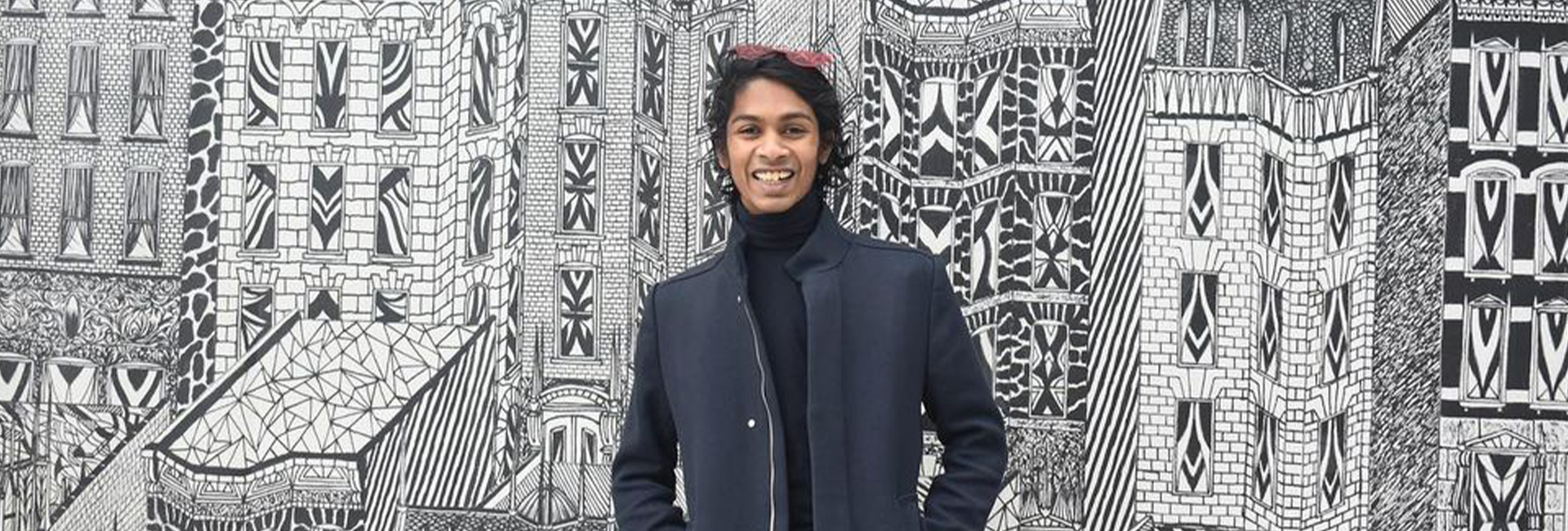(April 30, 2023) From a deep-rooted interest in sustainability and a love for handicrafts, Sajida from Udupi started Ecoco Creations, a brand that creates beautiful handicrafts out of coconut shells. While her products were getting some traction on social media, her tryst with Incuba Naari filled her with a renewed sense of excitement as their mentorship program helped provide with right “guidance for social media and marketing.” The entrepreneur from Karnataka is one among many whose lives have been changed for the good by Incuba Naari, an NGO accelerator platform that provides free mentorship and business exhibitions for women small business owners across India. The brainchild of a 17-year-old from Bengaluru – Maanya Singh – has impacted the lives of many women entrepreneurs in the last few years. “When you empower one woman entrepreneur, she creates a ripple effect,” Maanya tells Global Indian.
The Class 11 student found inspiration in her mother, and at a young age realised the importance of financial independence. This led her to push the envelope and start Incuba Naari in 2020. With 927 followers on Instagram, it has touched the lives of many small-time women entrepreneurs who were looking for scalability. “Our first cohort was a success, and now we are organising the second one in August this year.”
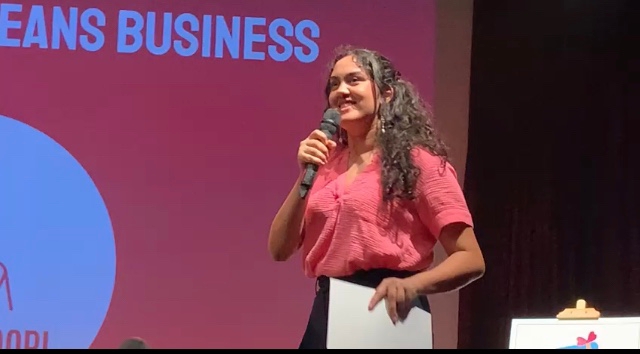
Maanya Singh
Mom’s the inspiration
The Dallas born has early memories of her mother sitting at the potter’s wheel and carving beautiful pieces at her garage-turned-studio in the US. She remembers running around the garage as young as four or five while her mom worked on her art. “When she sold her first piece at Dallas City Art Exhibition, I was so proud of her.” She adds that her mom quit her corporate job after the birth of her two kids, but it was the weekend pottery workshops that sparked her passion for pottery. She continued following her passion even after returning to India a few years ago, and it soon turned into a full-blown venture. “Our parents wanted us to be in touch with our culture, and that was one of the reasons we relocated to India, and I am glad that we did. It made me understand what it is to be an Indian.”
A few years into settling in Bengaluru, her mom opened a professional studio in the city and gave the reins of social media marketing to Maanya. This was a turning point for the 17-year-old as she understood “how difficult it is for small entrepreneurs to get out there and take their business to the next level.”
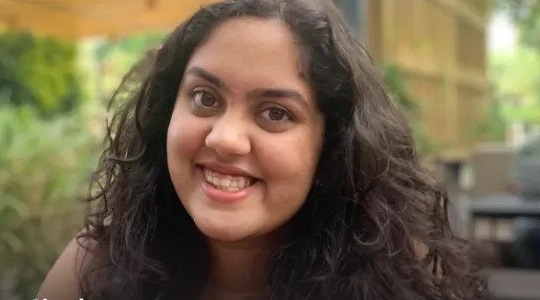

This initial realisation led her to dive into research that showed that 90 percent of the small ventures started by women had mothers at the forefront, while the remaining 10 percent were led by college students. At a young age, she started appreciating entrepreneurship, courtesy her mom, whom she saw evolving into a confident entrepreneur. However, she realised that mostly, “there is an inherent belittlement of women’s labour, especially mothers. Even some women brush off their small businesses as a hobby.” This pushed her to take action as she understood that financial independence is one of the ways to empower women. Keen to understand the stories of the women entrepreneurs, she ended up cold mailing a number of them asking to interview them, which gave Maanya a sneak peek into the lives, struggles, and journeys of women entrepreneurs.
The start of Incuba Naari
This was the start of Incuba Naari – a platform that took shape in 2020. A few interviews later, she decided to share these stories on social media for better reach. Soon, more women started joining the community and sharing their stories. The Indus International School student credits being a part of a startup youth program that helped increase the accessibility of entrepreneurship to young people. “After conducting 40 interviews, I published a research paper that helped me understand how financial independence empowers women. However, many of them require mentorship, networking, or digital amplification. Because of my mom and the startup program, I was uniquely in a position to help these women, and I am grateful for it.”
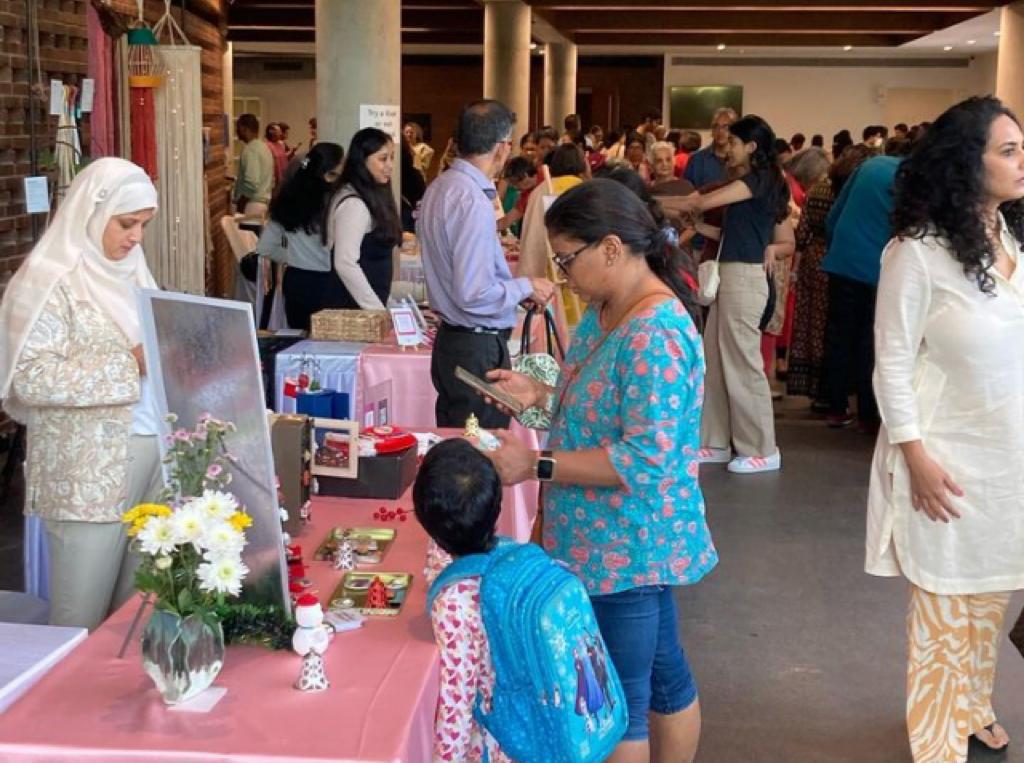

In 2022, the Incuba Naari incubation program came to life, thanks to the MYP Student Innovators Grant, where the teenager was awarded $8000 for her social impact innovation. “The first cohort saw women entrepreneurs from different parts of the country coming for the mentorship session – some to learn social media management, and others came for exhibitions and getting their names out there apart from the revenue boost.”
Ray of hope for women entrepreneurs
The mentorship program turned out to be a “ray of hope” for Assam-based Piyali Dey Maity, a fashion designer-turned-baker, who is the founder of Crusty Tasty. Sharing her journey with Global Indian, the entrepreneur reveals that Covid-19 hit her family hard as her husband, who was in Dhaka, had to cut down his business visa and return home. “While he underwent therapy, we spend all our savings on establishing my home baking business. It was the time I started marketing my designer cakes and the business showed us the light towards financial independence.” It was her husband who found Incuba Naari on Google, and soon Piyali joined hands with Maanya for the mentorship program. “Maanya is an amazing woman for her age and doing incredible work for women entrepreneurs like us. Incuba Naari has emerged as a ray of hope in my life and their mentorship programs are greatly helpful,” she adds.
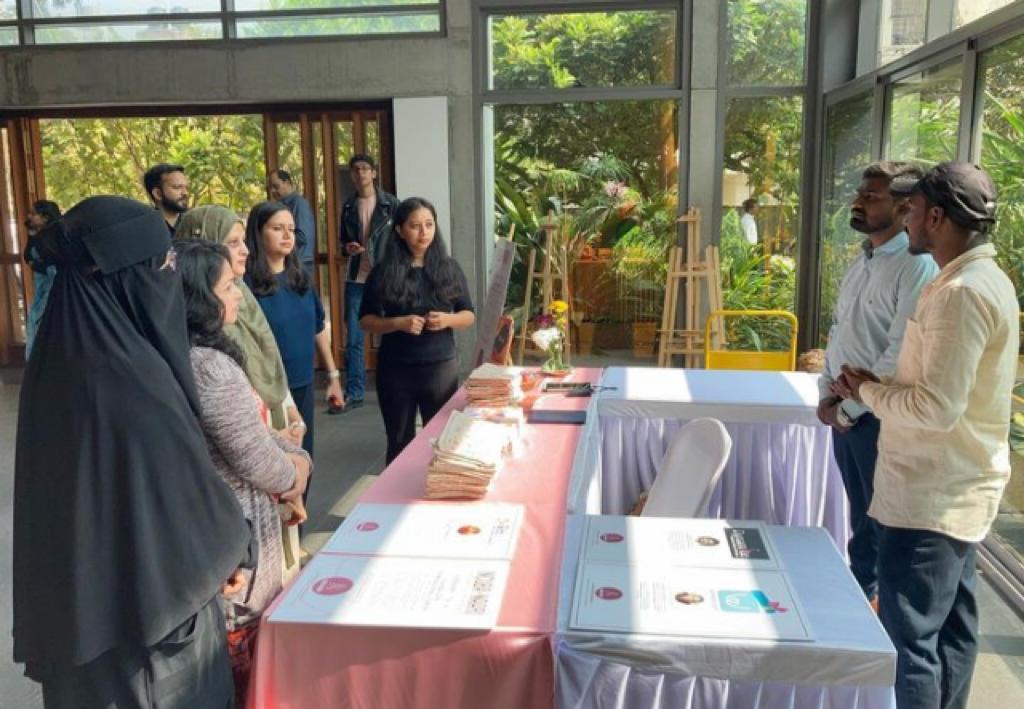

The scaling up of businesses, thanks to Incuba Naari, has helped these women entrepreneurs to not only achieve financial independence but also put their talent on the table for the world to see. Minali Furia of Ras Creations is one such woman entrepreneur whose life changed after she joined forces with Incuba Naari. A handmade jewelry designer, she never found the support of her husband. It wasn’t until 2021 that she started selling her work through Facebook pages and WhatsApp as she wanted to afford the education of her daughter. After sharing her story with Incuba Naari, her business started expanding. “Even my husband started supporting me, so thank you Incuba Naari for such a great platform and initiative.”
View this post on Instagram
The vision
At 17, Maanya has been able to create a community for women entrepreneurs, and she is happy that she could “establish trust and credibility.” These last two years have been a learning curve for the teenager who could help deliver what these entrepreneurs wanted. She is currently working on the website of Incuba Naari – a digital platform where mentors and entrepreneurs can interact. With 20 active volunteers in tow, Incuba Naari is making a difference in the lives of women entrepreneurs – by not just helping them scale their businesses but also making them confident entrepreneurs who are ready to take on the world.
Currently preparing for her exams, Maanya plans to take a gap year after finishing school before applying for colleges in the US. However, she is excited for her two-week summer internship at Grameen Bank in Dhaka which works across Bangladesh to reduce poverty through easy financial access to the rural poor, especially women. “It will be a great learning experience.”


Maanya, who loves to swim and watch movies in theatres, credits her parents for being the wind beneath her wings. “My dad helped me write my first business email, and as a 15-year-old, I would practice my pitches on them. They not only gave me honest advice but also kept me grounded and objective.”
Maanya wants to sustain Incuba Naari as long as she can as she has a vision. “I want to create a gender-equal future in India where every woman can unlock the power of financial independence through entrepreneurship,” she signs off.


